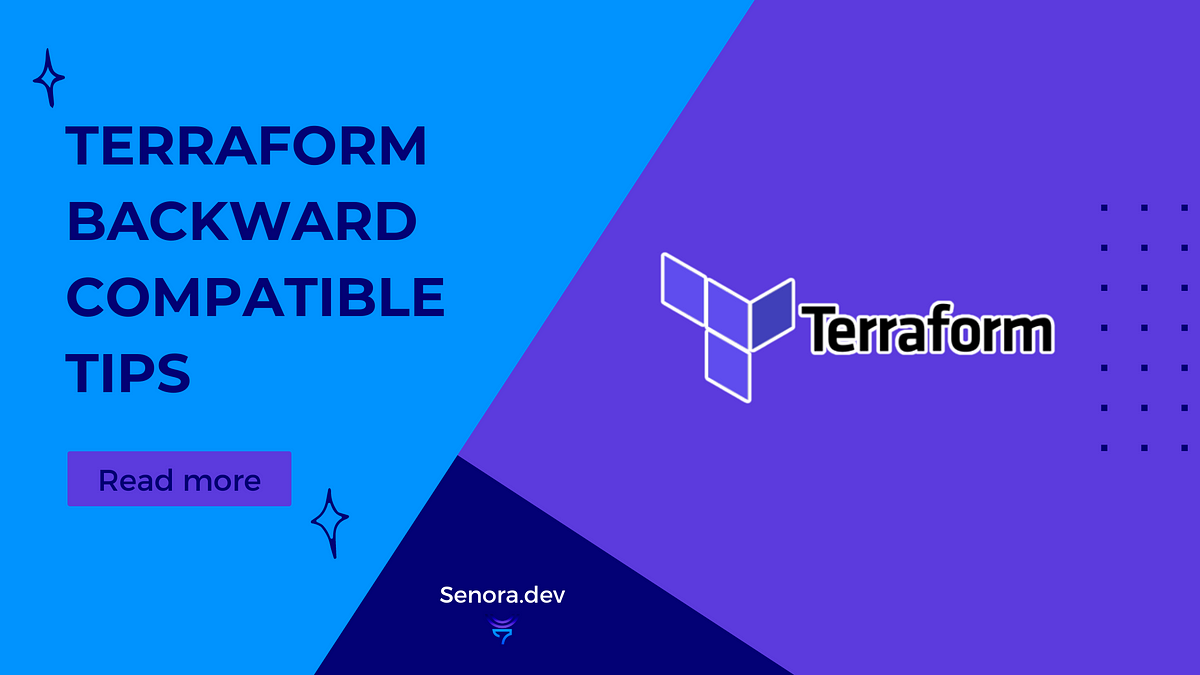- Platform Engineering Newsletter
- Posts
- All about: Backward Compatible ✨
All about: Backward Compatible ✨
Learn about backward compatibility, how to implement it for Infrastructure as Code, and explore some of the open-source tools available for that purpose.
❓ What is it?
Backward compatibility is a property of an operating system, software, real-world product, or technology that allows for interoperability with an older legacy system, or with input designed for such a system, especially in telecommunications and computing.
Modifying a system in a way that does not allow backward compatibility is sometimes called "breaking" backward compatibility. Such breaking usually incurs various types of costs, such as switching cost.
A complementary concept is forward compatibility. A design that is forward-compatible usually has a roadmap for compatibility with future standards and products.
👇 How to do it for IaC?
🎞️ Testing for backward compatibility when developing Terraform AWS Provider resources
🛠️ 8 Open-Source Feature Flag Tools

There are 3 ways Senora can help you:
Get Senora's premium consultant with Cloud architecture design, infrastructure code, Internal Developers Platform (IDP), workflows and more.
Learn Platform Engineering as a Software Engineer / Platform Engineer in the new era era.
Promote yourself to Senora’s subscribers by sponsoring this newsletter. Contact us.
